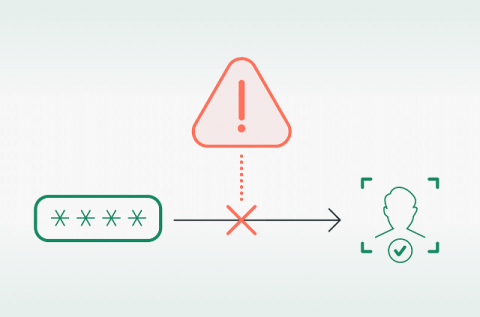Bensdays - Episode #1 Ivanti Vulnerabilities
Are you aware of cybersecurity? Well, October means you should be—it’s Cybersecurity Awareness Month, and Ben Edwards from the Bitsight TRACE security research team is here to make sure of it! Watch Ben break it down in his first video, and tune in next week for more of his insights.











